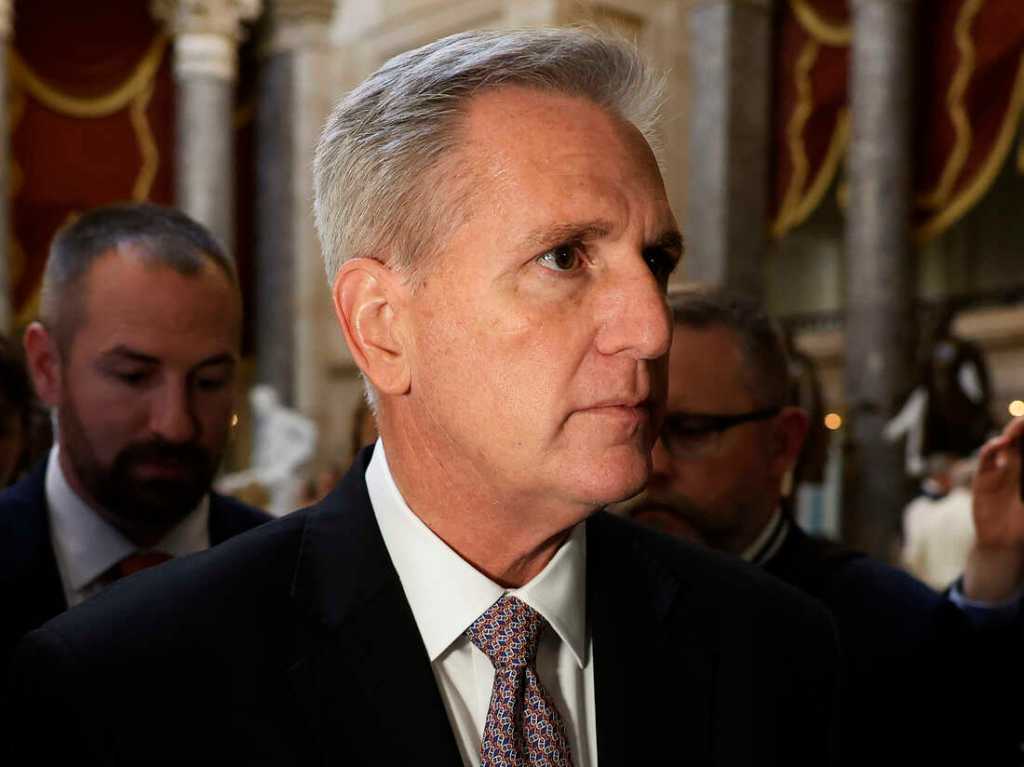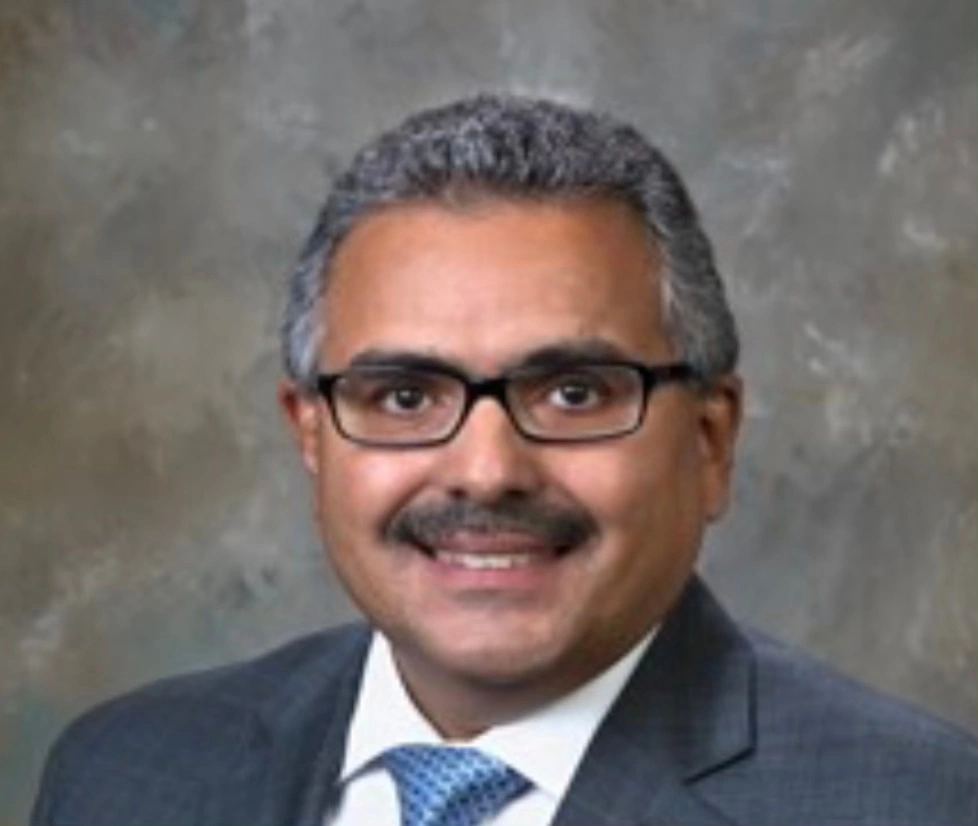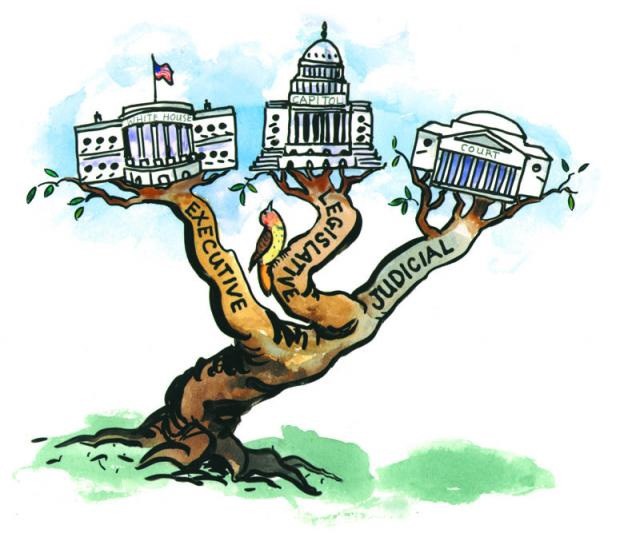February 12, 2021 | Aashik Bhalodia
Edited by Madison Bates
Deaths by opioid overdose have taken a toll on more rural states like West Virginia, Ohio, and Johns Hopkins’ very own state of Maryland, with deaths per 100,000 reaching over 30 in 11 states [1]. Recently, both doctors and large pharmaceutical companies have both been indicted by thousands of counties and cities nationwide [2,3]. Regardless of the myriad mental health issues underpinning the crisis, an entire industry is responsible for enabling addiction. Physicians have the capability of prescribing thousands of opioid doses, only impacting the crisis in a specific region. Pharmaceutical companies, however, continue to market their drugs to physicians across the country, allowing for a much more widespread impact. These companies often utilize monetary incentives in addition to severely underemphasizing the potency and addictiveness of opioids [4]. And finally, the government has the power to oversee and manage how drugs are sold and prescribed. Nonetheless, the government remains complicit and uneducated about both the marketing schemes employed by pharmaceutical companies and the enticing incentives, established by ineffective healthcare policy that lead physicians to overprescribe.
The first comprehensive legislation concerning controlled substances was the Controlled Substance Act of 1970, outlining a drug-scheduling system that categorizes them based on potency, addictiveness, and medical pertinency [5]. Regardless of the system’s contemporary shortcomings, it clearly established a system for governmental drug regulation. Physicians must be registered to prescribe drugs in schedule II, III, IV, and V, where lower numbers generally indicate higher risk of abuse [6]. In recent years, state and federal governments have enacted legislation, such as prescription drug monitoring programs (PDMPs) to oversee the writing of prescriptions and their fillings [7]. And, in addition to policing the illegal drug market, the key theme amongst these government programs is how they reactively attack the opioid crisis instead of proactively rectifying the crisis with policy.
The capstone of the opioid crisis is the government’s overarching involvement in creating and maintaining an opioid epidemic all while attempting to control its detrimental effect with policing efforts and lawsuits against big-pharma and individual physicians. In 2017, the State of Ohio, for example, alleged that Johnson & Johnson, Teva Pharmaceuticals, Purdue Pharma, among other pharmaceutical companies, knowingly implemented a “marketing scheme designed to persuade doctors and patients that opioids can and should be used for chronic pain” and that they minimize the adverse health implications and addictiveness of such drugs [8]. The court proceedings mention that the number of opioid doses prescribed in Ohio in 2012 could provide every resident of the state 68 pills each, indicating a gross overprescribing of opioids by physicians in the state [9]. In a way, physicians could be at fault as they are largely responsible for the very prescribing of opioids. It nevertheless seems outrageous to think that marketing schemes alone have only recently convinced physicians to prescribe more opiates than ever before. So, are they really the sole culprit here?
The answer falls somewhere between yes and no. A part of patient care innately involves the treatment of pain. The Center for Disease Control reported in 2016 that 20.4% of adults in the U.S. experienced chronic pain [10]. The enormity of this public health issue in conjunction with the limited medical research about the efficacy of opioids, specifically in treating such chronic pain, set the stage for the contemporary opioid epidemic [11]. Its origin can be traced back to 1995 during which Dr. James Campbell, in an address to the American Pain Society deemed pain as “the fifth vital sign,” (i.e. it is considered an equal to blood pressure, and heart rate, among others) and the commonly used Numeric Rating Scale, from 0 to 10, was adopted by the Veterans Health Administration to assess pain soon after [12]. It has been shown that this scale is ineffective in quantifying pain and in the overall quality of treatment [13]. This is the first way in which the healthcare system has failed and led to unintended consequences.
The second way in which the modus operandi of healthcare has incited and exacerbated the opioid crisis is the ubiquity of patient satisfaction surveys. Over the past two decades, these surveys have become increasingly utilized and are now implemented across most, if not all, hospital environments. The Centers for Medicare and Medicaid Services created the Hospital Consumer Assessment of Healthcare Providers and Systems Survey (HCAHPS), a federal program that rewards hospitals for higher quality care. Hospitals, participating in the Inpatient Prospective Payment System, which was devised in response to the Deficit Reduction Act of 2005, must send HCAHPS results to the Centers for Medicare and Medicaid services for determining reimbursement [14]. Furthermore, the Patient Protection and Affordable Care Act of 2010 has motivated many doctors to overprescribe opioids by expanding upon the Assessment of Healthcare Providers and Systems [15]. It similarly incorporated patient satisfaction in its reimbursement system, which inherently factors in pain management, even though studies have shown that patient satisfaction is in fact unrelated to quality of care or to superior patient outcomes [16]. As a result of these bills, hospitalists experience a pressure, built into the foundation of patient care, to mitigate pain in order to increase hospital revenue and maintain a personal salary. Hospital care has morphed into doctors carrying out patient requests instead of doctors acting in each patient’s best interest, all in an attempt to improve satisfaction scores [17]. Hospitals have taken advantage of this satisfaction system by paying physicians more for achieving higher scores, leading to a vicious cycle that incentivizes malpractice.
Our government must approach the opioid crisis from a much broader angle, targeting the institutionalized pressure of pharmaceutical companies and hospitals to maximize revenue over patient care. It starts with revising the entirety of patient satisfaction as a measurement of one’s quality of healthcare and, thus, monetary reimbursement. Ultimately, pills cannot be prescribed without a physician; reducing a doctor’s burden to meet these ‘arbitrary’ standards should ideally return the state of healthcare back to a time in which patients were treated at the discretion of the doctors themselves. Fortunately, progress regarding the bureaucracy of pain management (namely these surveys and Numeric Rating Scale) has been advocated against; recently, the American Medical Association agreed that pain should not be considered and dealt with as a fifth vital sign [18]. Even still, more minute details must be addressed like the inefficiency of the electronic health record (HER). For example, Dr. Ronald Hirsch of Elgin, Illinois stated that physicians would “prescribe 30 or 60 pills when 5 or 20 would have been adequate…because…prescribing 6 or 10 pills will undoubtedly result in a phone call from a pharmacist asking for a round number of pills, taking up time better spent entering meaningless information into our electronic health record” [19]. He goes on to say that “leftover pills that sit forgotten in the medicine cabinet often lead to trouble, stolen by a relative or visitor and abused.”
There will always be a few bad apples, who run so-called “pill mills.” The problem is bigger. It stems from poor healthcare policy and the large disconnect between healthcare providers and the policies that govern their practice. Pharmaceutical companies, insurance companies, and conglomerate hospitals all exploit doctors within a system that lets them maximize profits at the price of patient healthcare. So, doctors are not to blame for the crisis, but are merely pawns in a corporate game of chess.
Bhalodia is a junior majoring in Computer Science and serves as the Director of Design on the Undergraduate Law Review.
Sources:
[1] “Drug Overdose Mortality by State,” February 13, 2020. https://www.cdc.gov/nchs/pressroom/sosmap/drug_poisoning_mortality/drug_poisoning.htm.
[2] Finnegan, Joanne. “11 Physicians Charged in 2nd Opioid Crackdown in Appalachia; Pennsylvania Doctor Charged with Prescribing Opioids for Sex.” FierceHealthcare, September 25, 2019. https://www.fiercehealthcare.com/practices/11-physicians-charged-second-opioid-crackdown-appalachian-region-pennsylvania-doctor.
[3] Bernstein, Lenny, Scott Higham, Sari Horwitz, and Aaron C. Davis. “State AGs Dangle $18B Potential Settlement, but Fail to Delay Federal Opioid Trial.” Washington Post, October 15, 2019. https://www.washingtonpost.com/investigations/state-ags-dangle-18b-potential-settlement-but-fail-to-delay-federal-opioid-trial/2019/10/15/055ed646-ef90-11e9-b648-76bcf86eb67e_story.html.
[4] State of Ohio v. Purdue Pharma et al. (Common Pleas Court of Ross County, Ohio May 31, 2017). https://cdn.vox-cdn.com/uploads/chorus_asset/file/8632011/Ohio-opioid-drug-lawsuit.0.pdf
[5] Comprehensive Drug Abuse Prevention and Control Act of 1970, Pub. L. No. 91–513 (1970). https://www.govinfo.gov/content/pkg/STATUTE-84/pdf/STATUTE-84-Pg1236.pdf.
[6] Ibid.
[7] Islam, M. Mofizul, and Ian S. McRae. “An Inevitable Wave of Prescription Drug Monitoring Programs in the Context of Prescription Opioids: Pros, Cons and Tensions.” BMC Pharmacology and Toxicology 15, no. 1 (August 16, 2014): 46. https://doi.org/10.1186/2050-6511-15-46.
[8] State of Ohio v. Purdue Pharma et al. 2017. Common Please Court of Ross County, Ohio.
[9] Ibid.
[10] Dahlhamer J, Lucas J, Zelaya, C, et al. Prevalence of Chronic Pain and High-Impact Chronic Pain Among Adults — United States, 2016. MMWR Morb Mortal Wkly Rep 2018;67:1001–1006. DOI: http://dx.doi.org/10.15585/mmwr.mm6736a2.
[11] Volkow, Nora D., and Francis S. Collins. “The Role of Science in Addressing the Opioid Crisis.” New England Journal of Medicine 377, no. 4 (July 27, 2017): 391–94. https://doi.org/10.1056/NEJMsr1706626.
[12] Scher, Clara, Lauren Meador, Janet H. Van Cleave, and M. Carrington Reid. “Moving Beyond Pain as the Fifth Vital Sign and Patient Satisfaction Scores to Improve Pain Care in the 21st Century.” Pain Management Nursing : Official Journal of the American Society of Pain Management Nurses 19, no. 2 (April 2018): 125–29. https://doi.org/10.1016/j.pmn.2017.10.010.
[13] Ballantyne, Jane C., and Mark D. Sullivan. “Intensity of Chronic Pain — The Wrong Metric?” New England Journal of Medicine 373, no. 22 (November 26, 2015): 2098–99. https://doi.org/10.1056/NEJMp1507136.
[14] Clara Scher, et al. 2018. “Moving Beyond Pain as the Fifth Vital Sign and Patient Satisfaction Scores to Improve Pain Care in the 21st Century.” Pain Management Nursing : Official Journal of the American Society of Pain Management Nurses 19 (2): 125–29. https://doi.org/10.1016/j.pmn.2017.10.010.
[15] Rummans, Teresa A., M. Caroline Burton, and Nancy L. Dawson. “How Good Intentions Contributed to Bad Outcomes: The Opioid Crisis.” Mayo Clinic Proceedings 93, no. 3 (March 1, 2018): 344–50. https://doi.org/10.1016/j.mayocp.2017.12.020.
[16] Jha, Ashish K., E. John Orav, Jie Zheng, and Arnold M. Epstein. “Patients’ Perception of Hospital Care in the United States.” The New England Journal of Medicine 359, no. 18 (October 30, 2008): 1921–31. https://doi.org/10.1056/NEJMsa0804116.
[17] Calcaterra, Susan L., Anne D. Drabkin, Reina Doyle, Sarah E. Leslie, Ingrid A. Binswanger, Joseph W. Frank, Jennifer A. Reich, and Stephen Koester. “A Qualitative Study of Hospitalists’ Perceptions of Patient Satisfaction Metrics on Pain Management.” Hospital Topics 95, no. 1 (2017): 18–26. https://doi.org/10.1080/00185868.2017.1300479.
[18] Anson, Pat. “AMA Drops Pain as Vital Sign — Pain News Network.” Pain News Network. Accessed April 23, 2020. https://www.painnewsnetwork.org/stories/2016/6/16/ama-drops-pain-as-vital-sign.
[19] Hirsch, Ronald. “The Opioid Epidemic: It’s Time to Place Blame Where It Belongs.” Missouri Medicine 114, no. 2 (2017): 82–90.
Photo Credit: AP News





Leave a comment